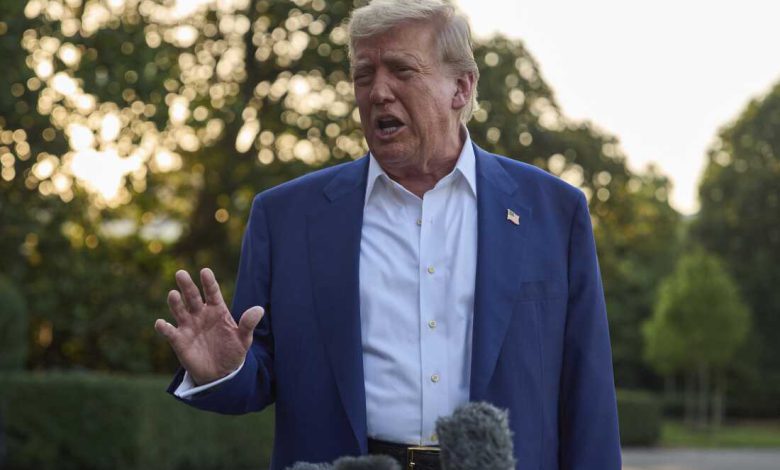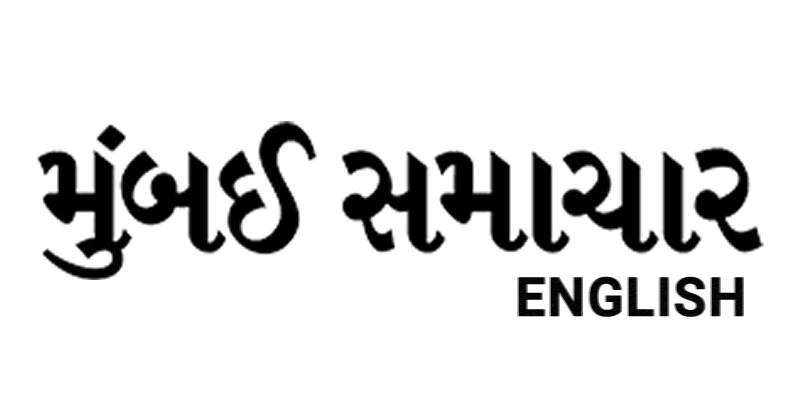Trump Warns of ‘Very High’ Pharma Tariffs by Aug 1, Threatens Rates Up to 200%

President Donald Trump has announced plans to slap tariffs on pharmaceuticals and semiconductors, with new import taxes potentially kicking in by August 1 as part of a broader push for “reciprocal” trade policies.
Speaking to reporters on his way back to Washington from an AI summit, Trump outlined a phased approach for pharmaceutical tariffs. “We’ll start with a low tariff at the end of the month, giving companies about a year to move production back to the U.S.,” he said. “After that, we’ll ramp it up to a very high tariff.” He described a similar but simpler timeline for semiconductor tariffs, though he provided no further details.
Earlier this month, Trump floated a 50% tariff on copper and suggested pharmaceutical tariffs could soar to 200% after a one-year grace period for companies to relocate manufacturing. These measures stem from Section 232 investigations under the Trade Expansion Act of 1962, with Trump citing foreign imports as a national security concern.
Also read: Trump threatens Russia with tariffs if Ukraine war is not resolved in 50 days
“I’d say India and a couple of others are in play, but honestly, I’m pretty satisfied with the responses I’m getting,” Trump told reporters.
The proposed tariffs could hit major drugmakers like Eli Lilly & Co., Merck & Co., and Pfizer Inc., which rely heavily on overseas production, potentially raising costs for U.S. consumers. Semiconductor tariffs would likely affect chipmakers and ripple into products like laptops and smartphones from companies such as Apple Inc. and Samsung Electronics Co. Ltd.
Trump’s tariff strategy includes sending letters to trading partners with proposed rates while signaling openness to negotiations. For instance, he recently secured a deal with Indonesia, lowering a 32% tariff to 19% in exchange for $15 billion in U.S. energy purchases, $4.5 billion in agricultural goods, and an order for 50 Boeing Co. jets.
He expressed optimism about sealing “two or three” trade deals before the August 1 deadline, with India as a likely candidate. Trump noted ongoing talks with five or six countries but admitted he’s often content with setting tariff rates unilaterally. For smaller nations not facing specific rates, he proposed a baseline tariff of “just over 10%.”
While some nations, like South Korea, have responded to tariff threats by opening trade talks, others, such as Japan, have not. EU representatives, facing a 30% tariff, were slated to meet with U.S. negotiators. Trump also brushed off concerns that his recent threat of “secondary” tariffs on Russia’s trading partners unless Moscow agrees to an Ukraine ceasefire could raise U.S. energy costs. “I don’t think so,” he said. “I think that situation will resolve itself.”




